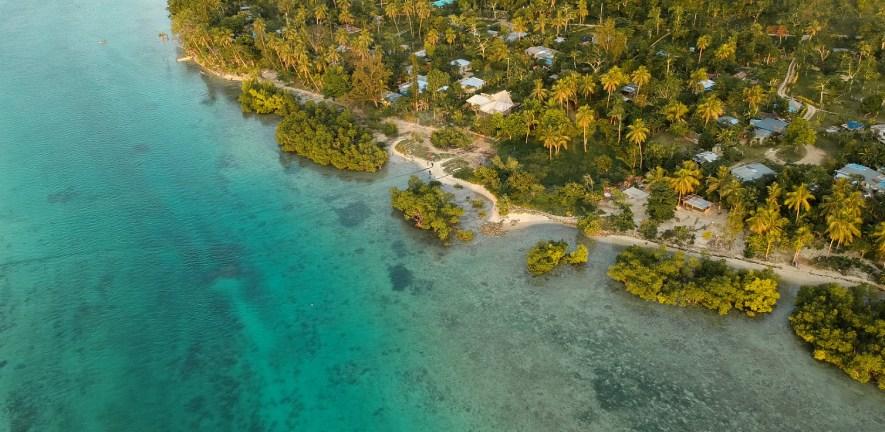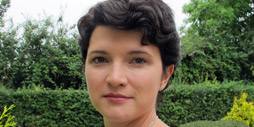
13 December 2023 - Dr Nina Seega, Director of CISL’s Centre for Sustainable Finance, discusses the role of private finance and risk-sharing mechanisms in addressing loss and damage, and the need for more ambitious action to reduce greenhouse gas emissions.
Ever since we started to feel the impacts of climate change—record-breaking heatwaves, floods, wildfires—the concept of “loss and damage” has been a thorny one at the UN’s Conference of Parties climate change meetings. The idea is that developed nations that most contribute to climate change should pay for the loss and damage it causes in poorer nations.
For 30 years, developing countries fought to set up a dedicated loss and damage financing facility to pay for the harm incurred by vulnerable countries due to the escalating climate crisis. Article 8 of the 2015 Paris Agreement recognized the issue of loss and damage but didn’t compel countries to pay for it. Finally, at COP27 in Sharm El Sheikh, Egypt in November 2022, leaders agreed to set up a dedicated fund—and last week at COP28 in Dubai, countries came together to get it up and running.
This is a huge step, but it also signals the start of the next battle, as richer nations must now show they are ready to dig deep and stump up significant amounts of much-needed cash.
The issue of equity and who is responsible for the climate crisis is a question that continues to cause much discussion and trigger defensiveness. One of the reasons the loss and damage fund took so long to set up was because of significant pushback from some developed countries, which, as historic emitters, were not prepared to admit responsibility for the impacts of climate change seen today. They were concerned by the potential legal consequences if they admitted liability for past emissions.
These concerns were finally allayed at COP27, when participants made clear that all richer countries would be expected to pay into the pot. The final compromise “urged” developed countries to contribute to the fund, while developing and emerging economies were “encouraged” to support “on a voluntary basis.”
Developing countries likewise had to back down on some of their demands. Due to concerns around the independence of the loss and damage fund, the World Bank was not the first choice of poorer nations as the fund’s host. Ultimately, participants decided that the fund would be based at the World Bank for an initial period of four years, after which they would reassess its placement.
The agreement on the loss and damage fund on day one of COP28 gave some initial momentum to the climate negotiations. Though they have since slowed in the face of significant divides between different regions of the world around the potential inclusion of a “phaseout” (rather than “phasedown”) of fossil fuels in the final text.
Away from such disagreements, the first financial pledges to the loss and damage fund have started to roll in. COP28 host nation the United Arab Emirates and Germany have each contributed $100 million. Other EU countries have added a total of $145 million, and the U.K. has pledged $75 million, which includes money for setting up the fund and for specifically supporting the poorest and most vulnerable countries. The U.S. and Japan have followed with promises of $17.5 million and $10 million, respectively.
These pledges come to a total of just over $700 million. This figure may sound impressive, but it is in fact the equivalent of less than 0.2% of the losses developing countries face as a result of climate change every year.
Public finance is key in this process, however it is clear from this figure that to ensure appropriate levels of funding, private finance must also play a significant role (as I wrote about last month).
Risk-sharing mechanisms are one example of how private finance, or more specifically insurance, can fund loss and damage. These risk-sharing systems, supported by donors, transfer the financial burdens of climate risks from the Global South—developing nations in Africa, Asia, the Caribbean and Latin America—to the insurance market and can be used as part of a mosaic of solutions, as outlined in a recent report, Risk sharing for Loss and Damage: Scaling up protection for the Global South, by my organization, the Cambridge Institute for Sustainability Leadership.
The basic idea is that an umbrella loss and damage insurance program covers the most vulnerable countries for climate-related losses, from extreme weather events that add up to over 10% of their GDP. These countries are pooled together to diversify the risks and bring down the costs of protection.
Using Small Island Developing States as an example, the report estimates that an annual premium of $10 million per country should yield on average between $200 million and $300 million in pre-arranged annual protection to support the highest priority needs. Such needs could include: ensuring hospitals have the necessary supplies; building or repairing critical infrastructure like roads, railways or water supplies; mending schools to enable children to continue with their education; or helping with sovereign debt repayments.
A combination of public and private finance can enable proper funding of loss and damage across the most vulnerable countries.
If the private sector is not brought into this space, however, three decades of negotiations will have been largely in vain and people the world over will continue to be unable to cope with and recover from the worsening impacts of climate change.
Read CISL’s full round-up of week one at COP28 here.
First published on the Forbes website.






